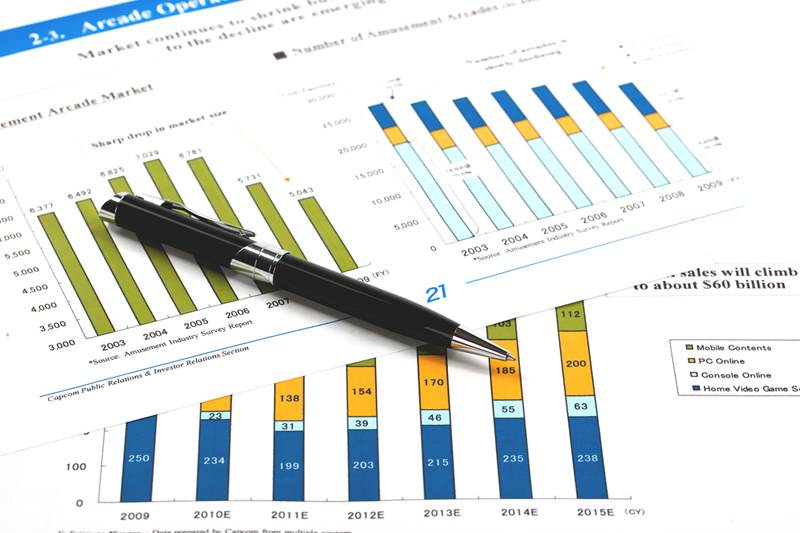Emerging markets have seen their best week since July, buoyed by the prospect that the Federal Reserve’s stringent tightening may soon come to an end. Key indicators of developing-nation currencies, bonds, and stocks have risen in sync with a three-day drop in the dollar and a continued decrease in US 10-year yields. Investors are now awaiting more indications of a peak in US rates before turning bullish on emerging markets.
Among the currencies making significant gains were the South Korean won and Philippine peso, while the Polish zloty and South African rand lagged behind. The Israeli surpassed 4 against the dollar, its largest gain since July, as Israel’s central bank remains vigilant against excessive fluctuations. This coincided with US Secretary of State Antony Blinken’s visit to Tel Aviv for talks aimed at Washington’s deterrence efforts in the conflict with Hamas. Amid border tensions between Israel and Lebanon, Lebanon’s 2030 debt fell.
In other market news, India’s debut 50-year bond, set to mature in 2073, saw robust demand from insurance and pension funds.
Meanwhile, the Federal Reserve’s decision to maintain rates led to a rise in US equity markets and a drop in bond yields, signaling a potential end of its rate hiking cycle. This was influenced by the US Treasury’s plan to slow debt issuance. Australia’s is recovering from an October sell-off, with further gains dependent on an RBA Board Meeting that may result in a 25bp rate hike to 4.35%.
Significant economic indicators include a lower than expected US ISM Manufacturing PMI, Europe’s inflation drop, BoJ’s yield curve control change, and China’s decreased PMI. The BoE held rates at 5.25% with a 6-3 vote split while NZ’s unemployment increased. Amid Middle East tensions, prices dropped by 3.44% and gold dipped by 1%. The Volatility index plunged by 26.4%.
Key upcoming events include the RBA interest rate decision, RBA Statement on Monetary Policy, China’s Trade Balance and CPI data, and UK GDP figures.
This article was generated with the support of AI and reviewed by an editor. For more information see our T&C.
Read the full article here












Leave a Reply